Enter your zip code below to see the racial makeup and diversity in your city or zip code, shaded by the majority race in each neighborhood.
Race by Zip Code
Race by City
Intended Use of Race and Ethnicity Maps
In analyzing what census data was available, we initially planned to skip over race. With a domain like Best Neighborhood we thought it best to avoid. But as we continued our analysis, we began to realize that in many instances race was correlated with a concerning number of other factors. We decided to publish the data to provide resources to people exploring and researching race in America. This data has been used as a source for newspapers, for example, to highlight the impact of racially-biased housing policy on minority communities in the 1950s and 60s and its lingering impact today.
We do not believe race defines the best neighborhoods, nor do we want people to use these maps to find a place to live based on race. We simply believe it's important to make true information accessible to the public, and believe our particular presentation to be especially interesting and easy to read.
Diversity in the United States
As of 2019, the US was about 60% White, 19% Hispanic or Latino, 13% Black or African American, 6% Asian, 1% Native American, and 1% multiple/other races. These figures come from the US Census where people identify their own race if they so choose. Compared to other countries, the US is more diverse than just over half of the other nations in the world.
Best Neighborhood scores each neighborhood and city with a Diversity Score. A grade of 100 means people of different races are living in the same areas. The below example shows our Diversity Score in two different US cities: Las Vegas and Pittsburgh:
Diversity in Las Vegas, NV

Diversity in Pittsburgh, PA

Diversity Score
As we can see, Las Vegas is an example of a city that is not highly segregated by race. Many black, white, hispanic, and asian people live in the same neighborhoods. Exceptions include the northeast area of the city proper where most people are hispanic, and the west part of the city around Summerlin where most people are white.
On the other hand, the Pittsburgh metro area has small pockets of diversity, but is mostly segregated between black neighborhoods and white neighborhoods. Large sections of Pittsburgh suburbs are almost completely white.
You can explore your own city by entering your zip code above and using interactive maps to see how diverse your city is, and where people of various race, ethnicity, and national origin live.
